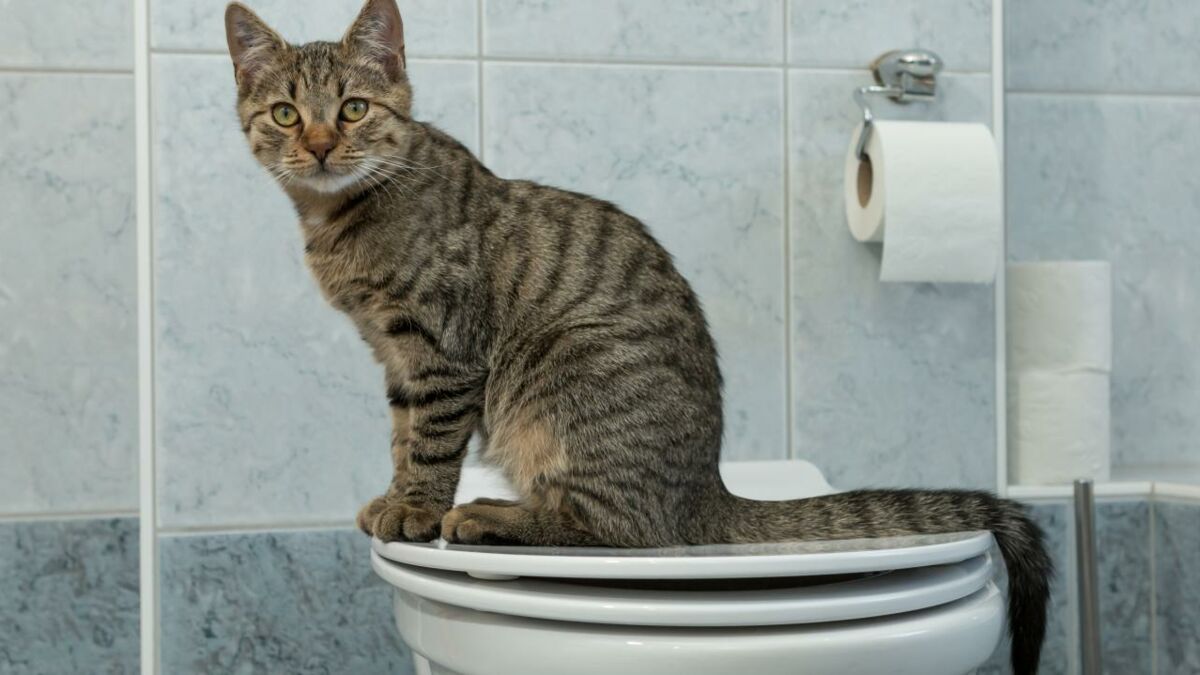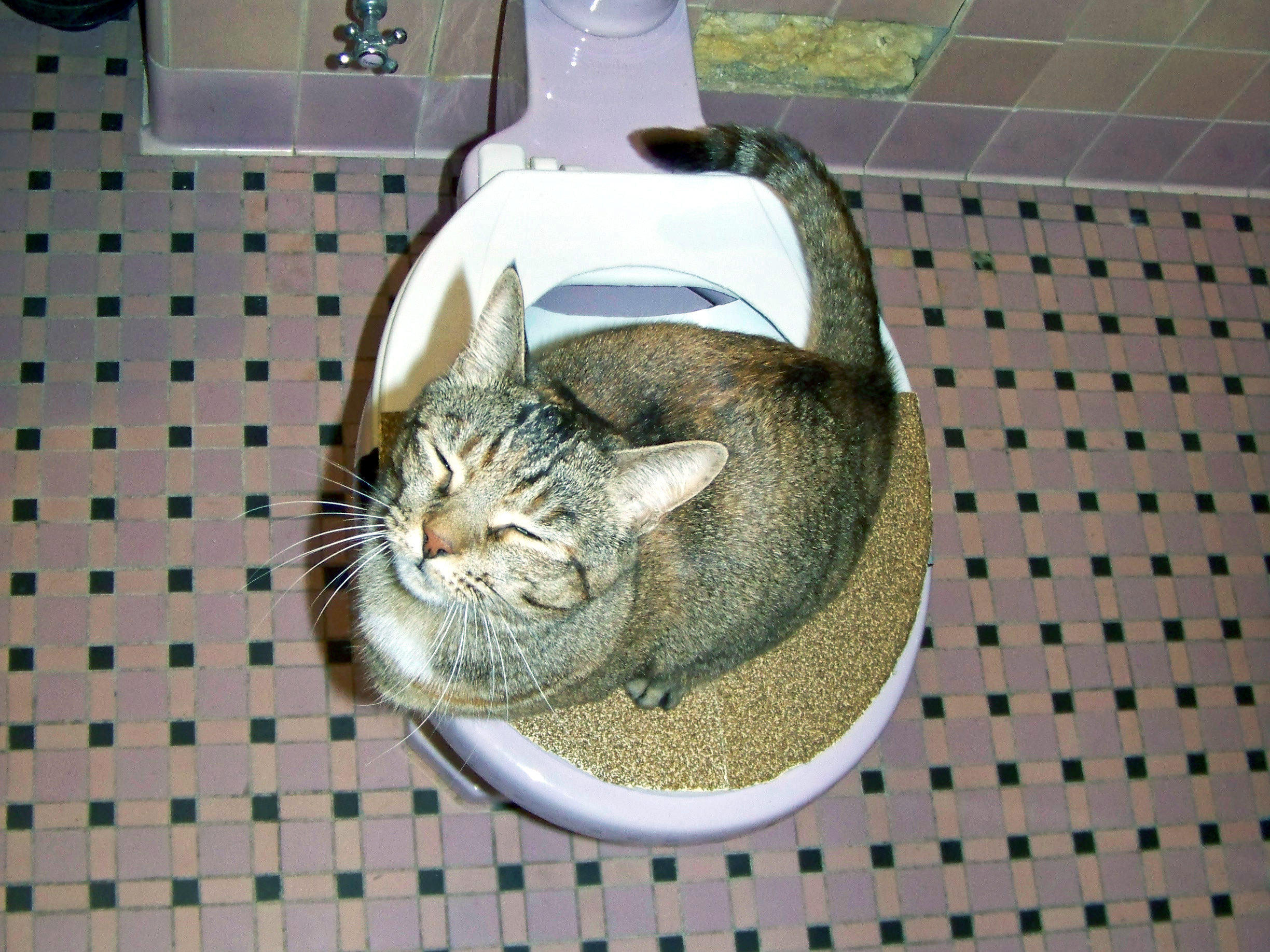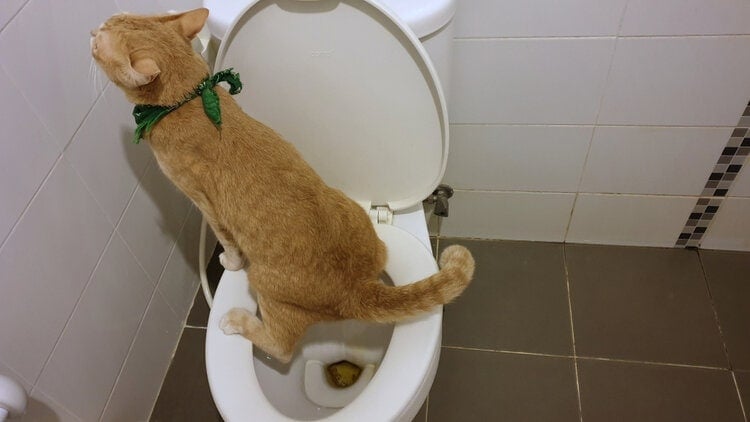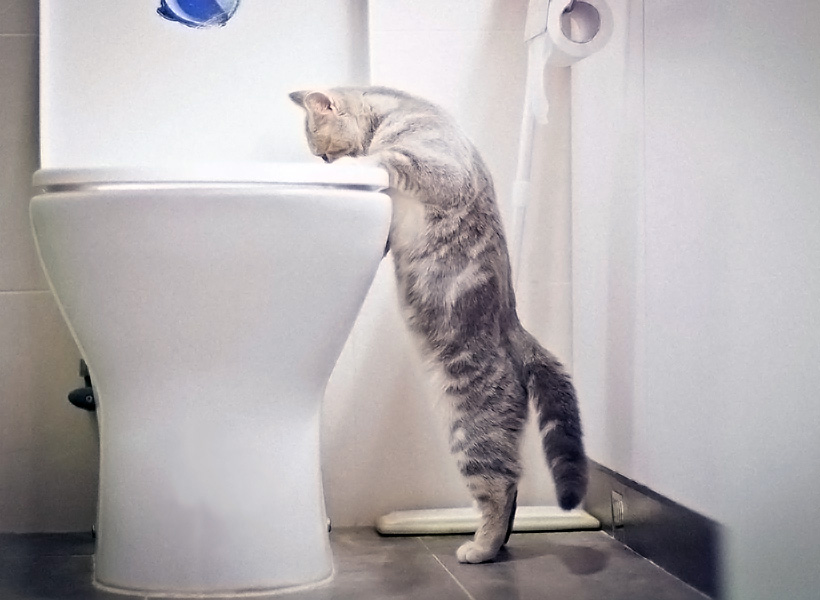What're your thoughts concerning How to Dispose of Cat Poop and Litter Without Plastic Bags?
Intro
As pet cat owners, it's necessary to bear in mind exactly how we get rid of our feline pals' waste. While it may appear practical to purge feline poop down the toilet, this technique can have harmful consequences for both the setting and human health and wellness.
Alternatives to Flushing
Luckily, there are much safer and a lot more accountable ways to dispose of pet cat poop. Consider the complying with alternatives:
1. Scoop and Dispose in Trash
One of the most common method of taking care of pet cat poop is to scoop it into an eco-friendly bag and toss it in the garbage. Make sure to use a dedicated trash scoop and throw away the waste immediately.
2. Use Biodegradable Litter
Select biodegradable feline clutter made from products such as corn or wheat. These trashes are eco-friendly and can be safely disposed of in the garbage.
3. Bury in the Yard
If you have a yard, consider hiding cat waste in an assigned location away from veggie yards and water sources. Make sure to dig deep enough to stop contamination of groundwater.
4. Set Up a Pet Waste Disposal System
Purchase a family pet garbage disposal system particularly made for feline waste. These systems use enzymes to break down the waste, reducing odor and ecological influence.
Health Risks
Along with environmental worries, flushing feline waste can also position wellness threats to humans. Feline feces may consist of Toxoplasma gondii, a bloodsucker that can create toxoplasmosis-- a potentially severe disease, especially for expectant women and people with weakened immune systems.
Ecological Impact
Flushing feline poop introduces dangerous pathogens and parasites right into the water, presenting a significant risk to aquatic communities. These pollutants can negatively affect marine life and concession water high quality.
Conclusion
Accountable pet dog ownership prolongs past giving food and sanctuary-- it additionally includes appropriate waste administration. By refraining from flushing cat poop down the toilet and opting for different disposal approaches, we can decrease our ecological footprint and safeguard human health.
Why Can’t I Flush Cat Poop?
It Spreads a Parasite
Cats are frequently infected with a parasite called toxoplasma gondii. The parasite causes an infection called toxoplasmosis. It is usually harmless to cats. The parasite only uses cat poop as a host for its eggs. Otherwise, the cat’s immune system usually keeps the infection at low enough levels to maintain its own health. But it does not stop the develop of eggs. These eggs are tiny and surprisingly tough. They may survive for a year before they begin to grow. But that’s the problem.
Our wastewater system is not designed to deal with toxoplasmosis eggs. Instead, most eggs will flush from your toilet into sewers and wastewater management plants. After the sewage is treated for many other harmful things in it, it is typically released into local rivers, lakes, or oceans. Here, the toxoplasmosis eggs can find new hosts, including starfish, crabs, otters, and many other wildlife. For many, this is a significant risk to their health. Toxoplasmosis can also end up infecting water sources that are important for agriculture, which means our deer, pigs, and sheep can get infected too.
Is There Risk to Humans?
There can be a risk to human life from flushing cat poop down the toilet. If you do so, the parasites from your cat’s poop can end up in shellfish, game animals, or livestock. If this meat is then served raw or undercooked, the people who eat it can get sick.
In fact, according to the CDC, 40 million people in the United States are infected with toxoplasma gondii. They get it from exposure to infected seafood, or from some kind of cat poop contamination, like drinking from a stream that is contaminated or touching anything that has come into contact with cat poop. That includes just cleaning a cat litter box.
Most people who get infected with these parasites will not develop any symptoms. However, for pregnant women or for those with compromised immune systems, the parasite can cause severe health problems.
How to Handle Cat Poop
The best way to handle cat poop is actually to clean the box more often. The eggs that the parasite sheds will not become active until one to five days after the cat poops. That means that if you clean daily, you’re much less likely to come into direct contact with infectious eggs.
That said, always dispose of cat poop in the garbage and not down the toilet. Wash your hands before and after you clean the litter box, and bring the bag of poop right outside to your garbage bins.
https://trenchlesssolutionsusa.com/why-cant-i-flush-cat-poop/
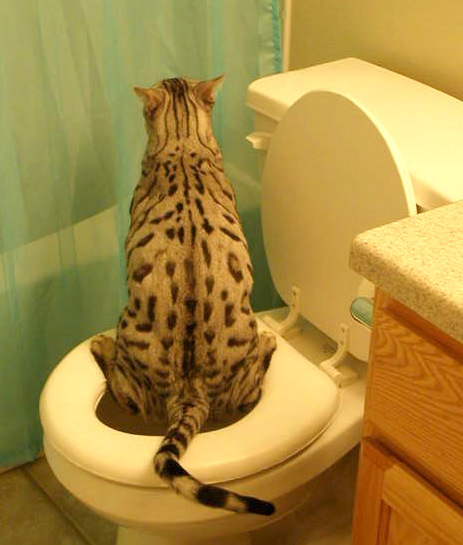
Do you like reading about Can You Flush Cat Poop Down The Toilet?? Put feedback directly below. We will be pleased to hear your thoughts about this piece. In hopes that you come back again in the near future. Sharing is nice. You never know, you may just be helping someone out. Thanks so much for going through it.
Click Here!
